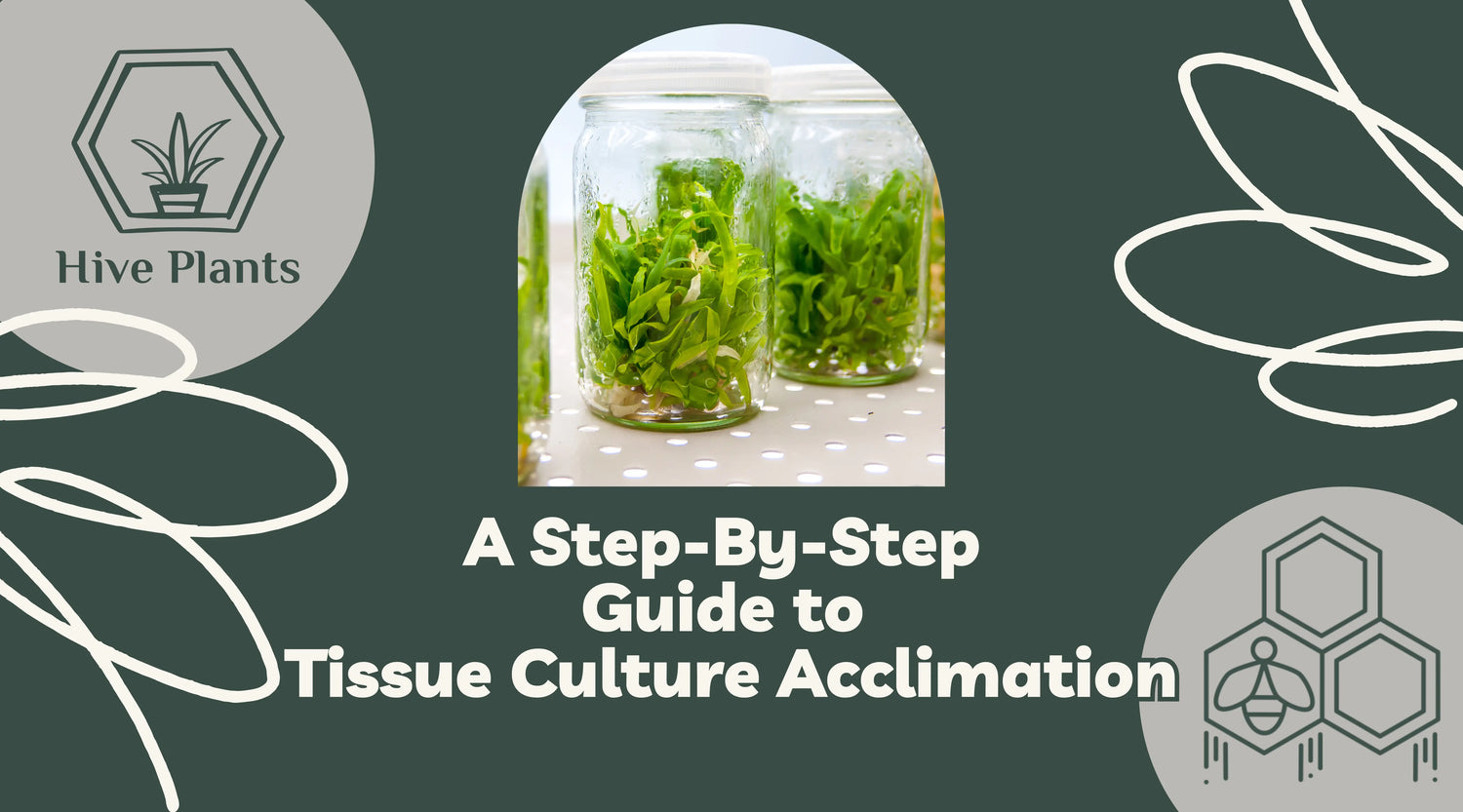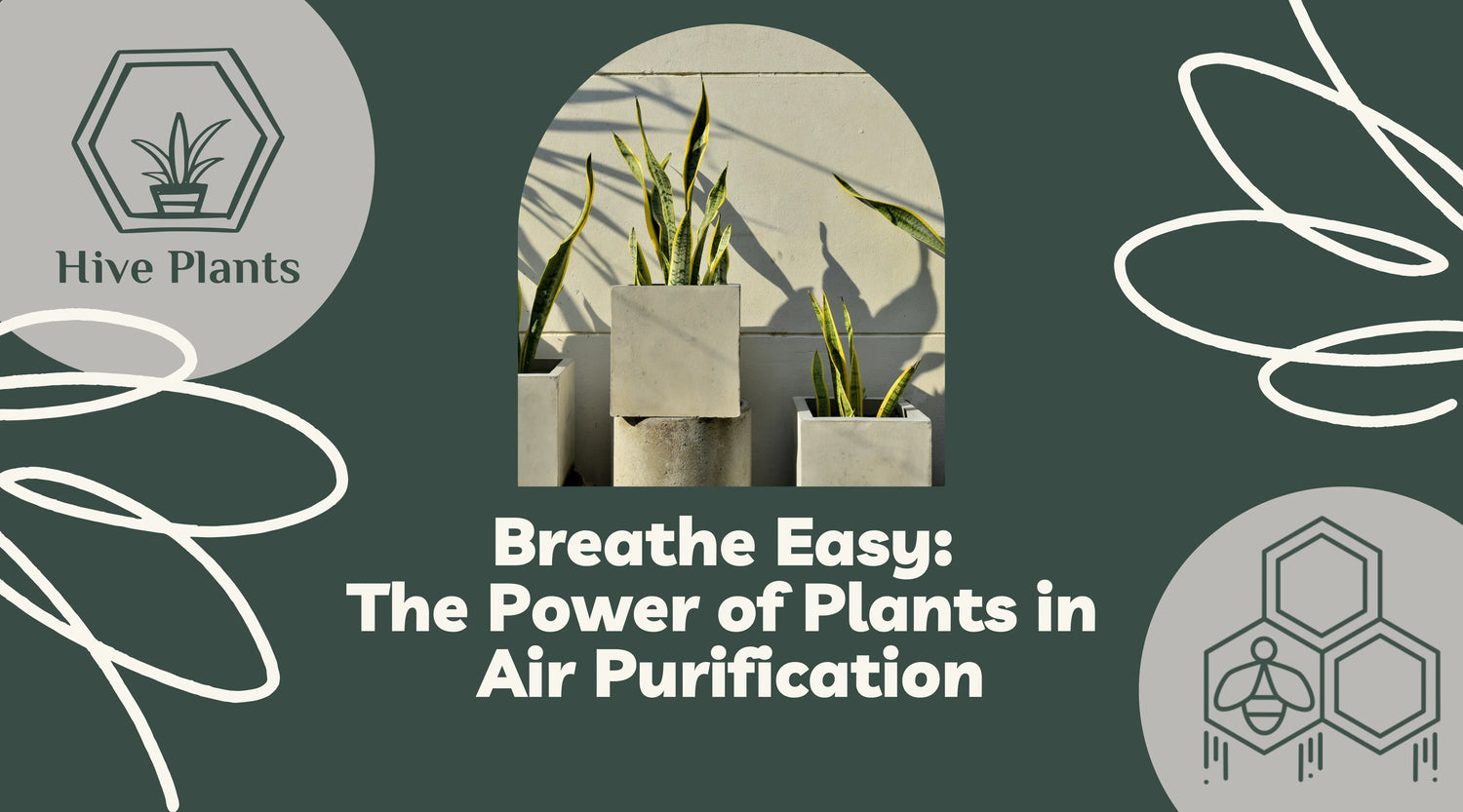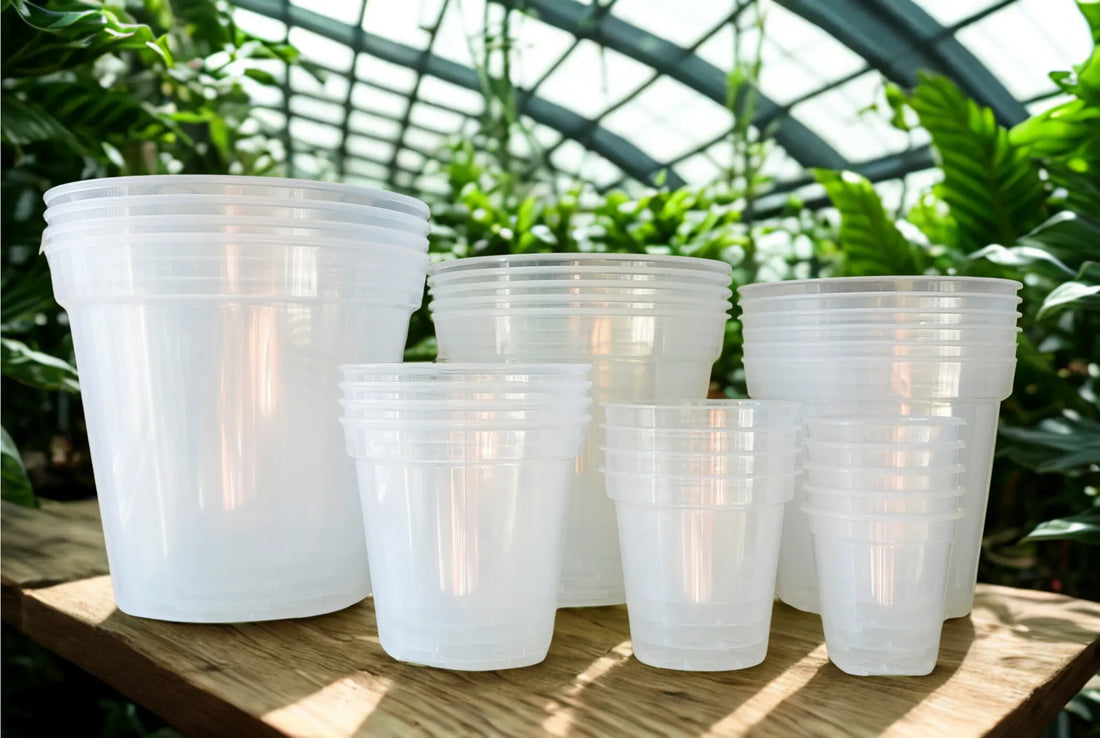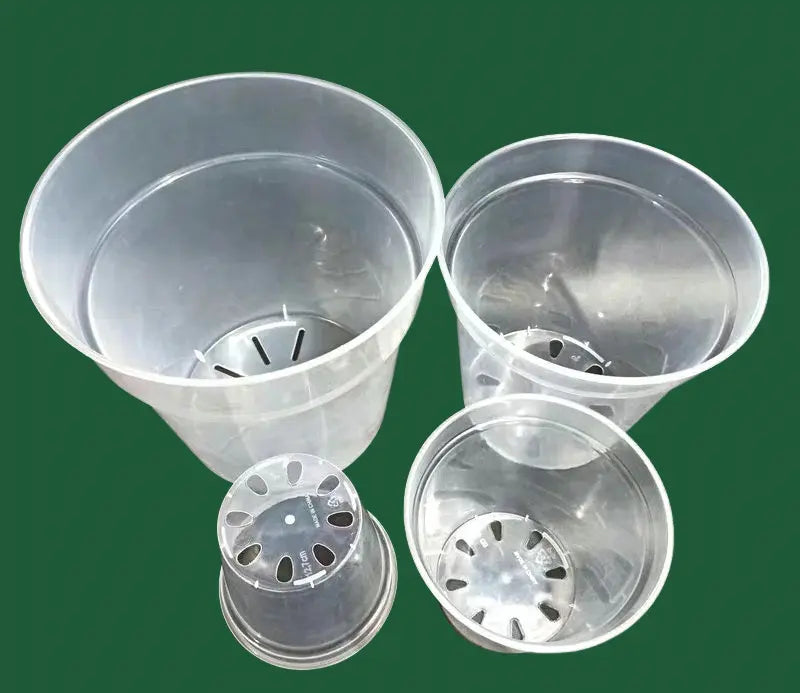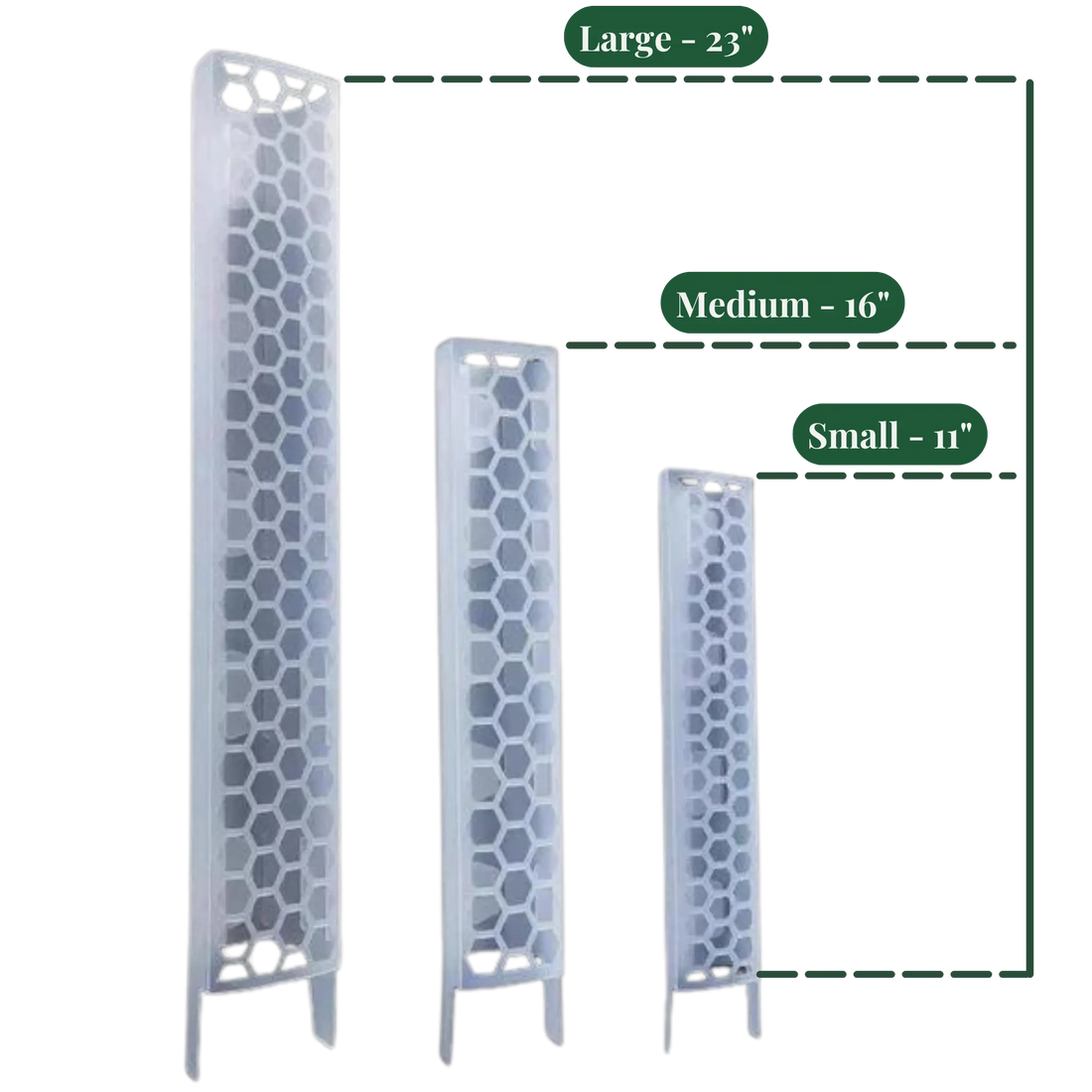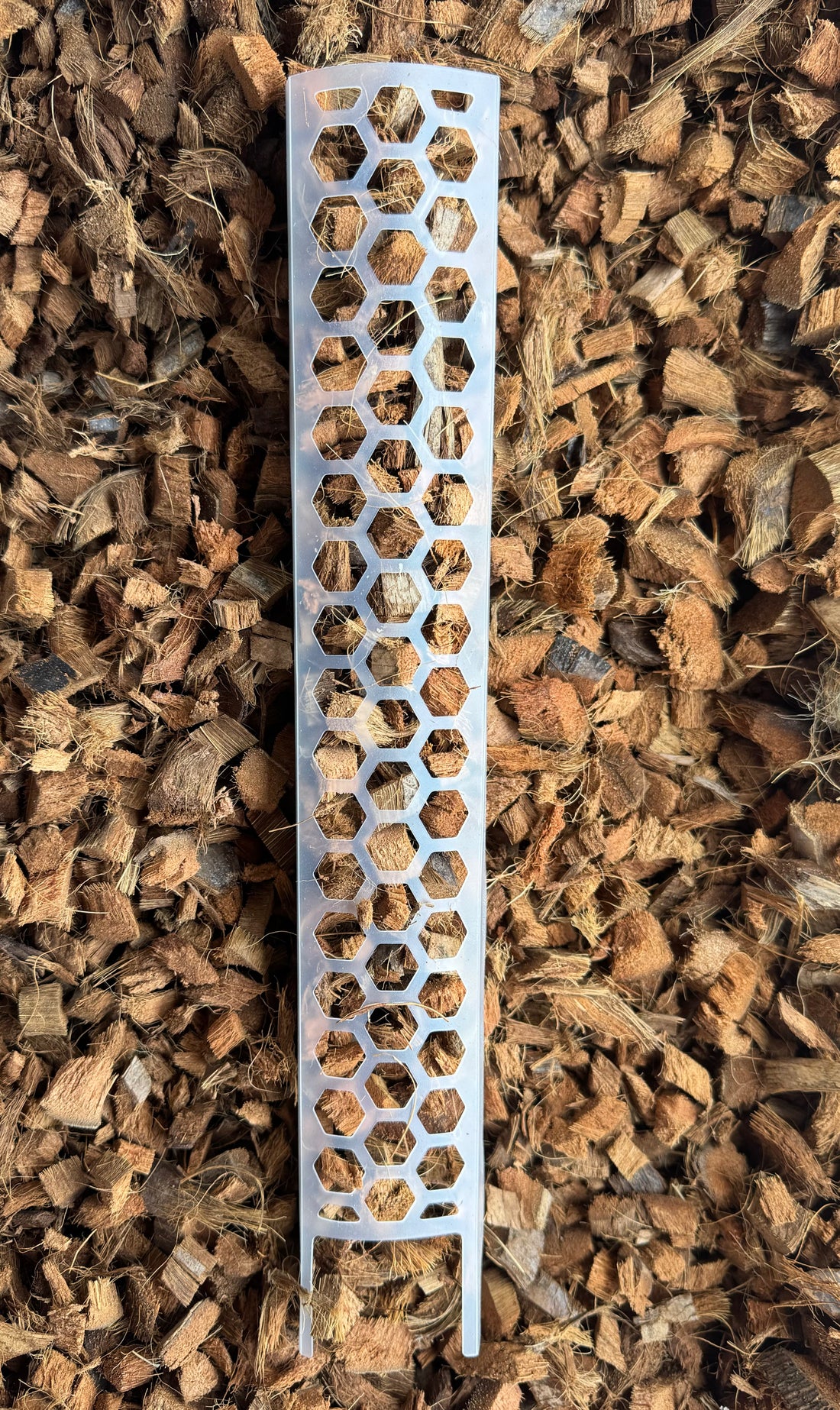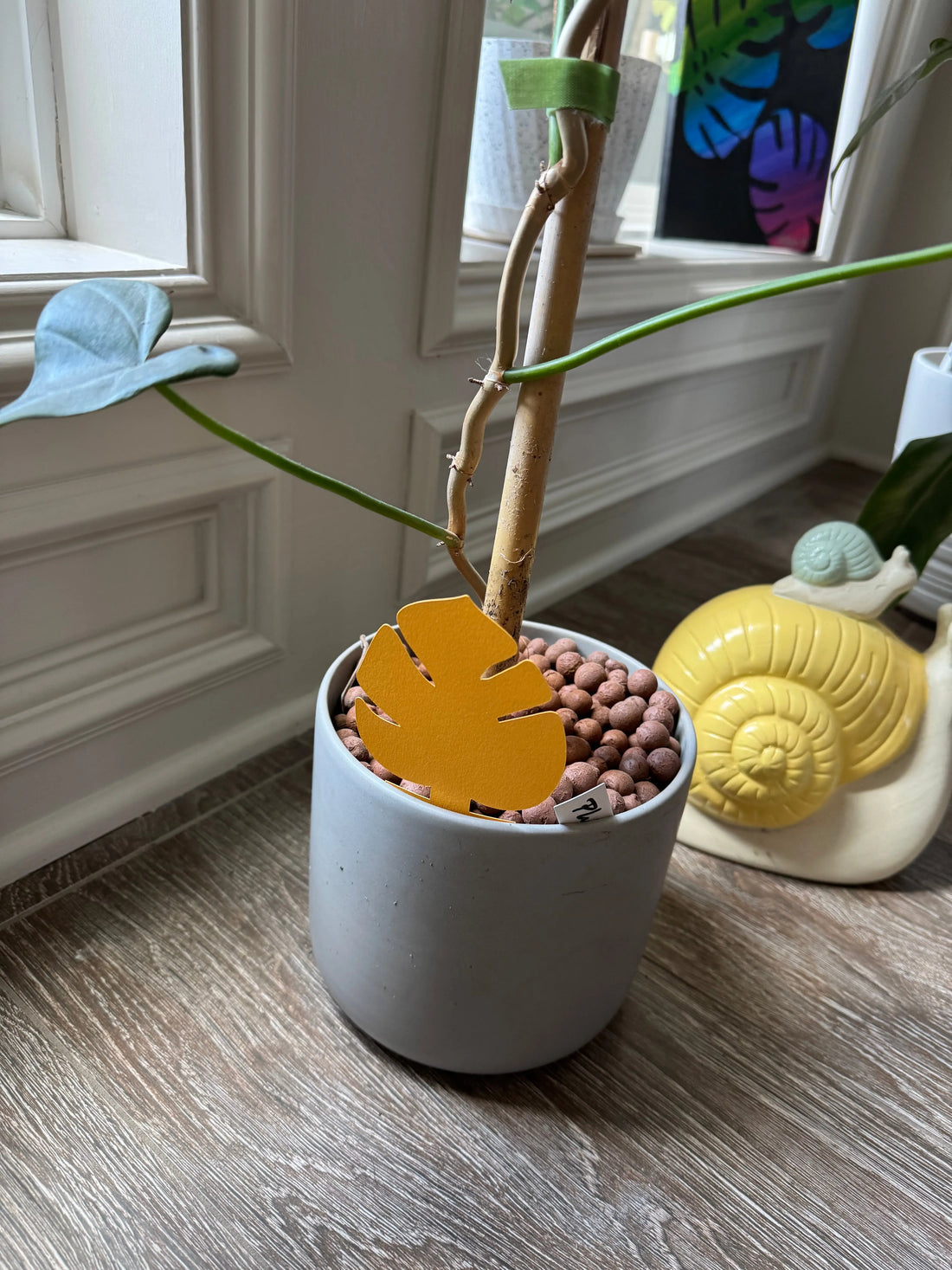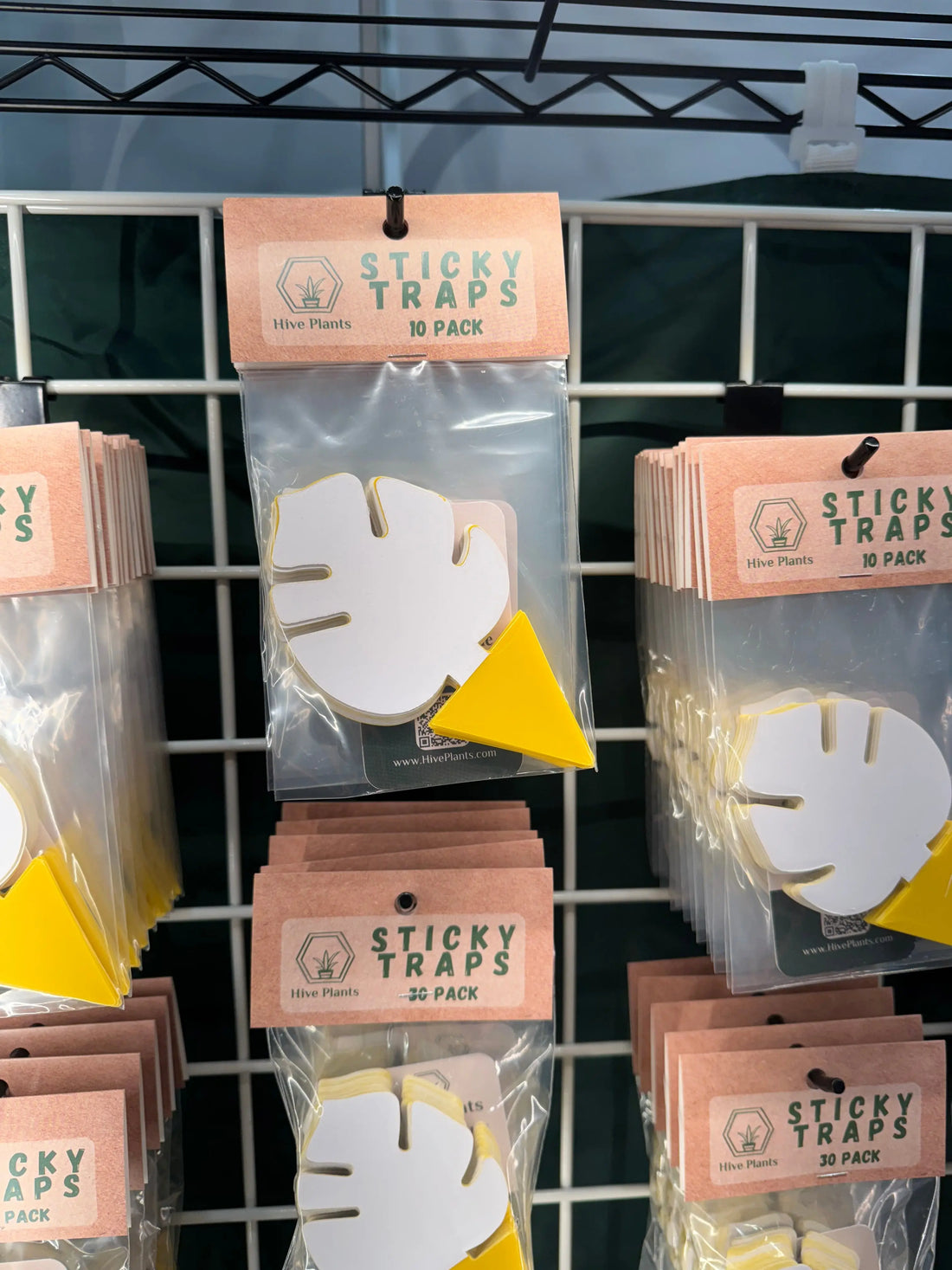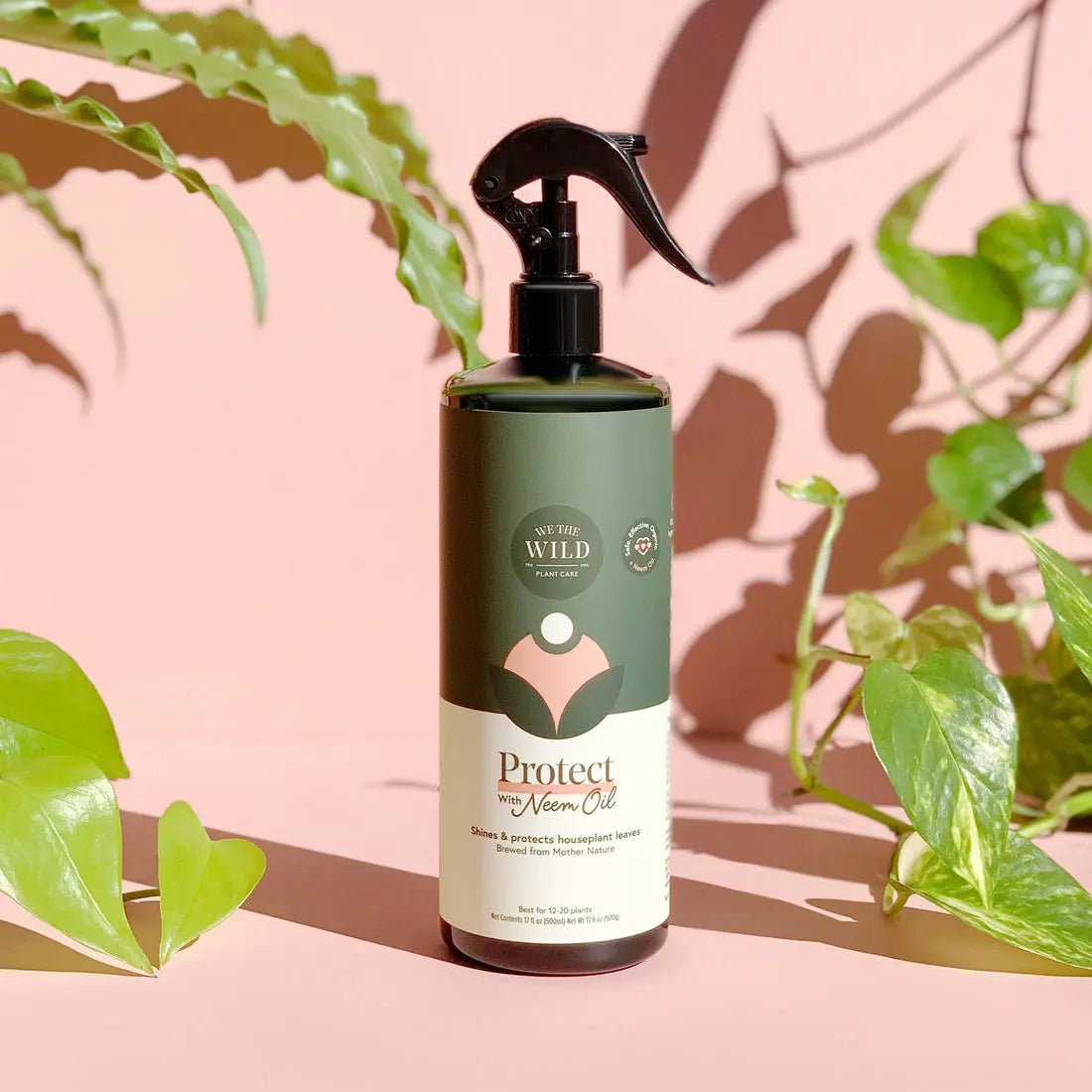Dracaena, often known as dragon trees, are a family of striking indoor plants that come in various shapes and sizes. They're prized for their air-purifying properties and adaptability to different living environments. Whether you're a seasoned plant enthusiast or just starting your green journey, this comprehensive care guide will ensure your Dracaena plants thrive.
Light
Dracaenas appreciate bright, indirect light. Place your plant near a window with filtered sunlight. They can tolerate lower light conditions, but growth may slow, and the colors of variegated varieties may fade. Avoid direct sunlight, as it can scorch the leaves.
Water
Allow the top inch of the soil to dry out before watering. Be cautious not to let your Dracaena sit in water, as they are susceptible to root rot. Ensure proper drainage in the pot, and empty the saucer after watering. During the dormant winter months, reduce watering frequency.
Temperature & Humidity
Dracaenas prefer average room temperatures between 65°F to 80°F (18°C to 27°C). They can tolerate slightly cooler conditions but should be protected from drafts. Maintain moderate humidity levels by misting the plant or using a humidity tray, especially if your home has dry air.
Soil
Plant your Dracaena in a well-draining potting mix. A mix formulated for tropical plants or a combination of potting soil and perlite works well. Repotting every 2-3 years or when the plant becomes root-bound is advisable.
Re-Potting
When repotting your Dracaena, choose a pot that is 1-2 inches (2.5-5 cm) larger in diameter than the current one. Gently remove the plant from its old pot, trim any dead or overgrown roots, and place it in the new container with fresh potting mix. Water thoroughly after repotting.
Fertilization
Feed your Dracaena during the growing season (spring and summer) with a balanced liquid fertilizer diluted to half the recommended strength. Fertilize every 4-6 weeks. Reduce or eliminate fertilization during the dormant period in fall and winter.
Not Pet Safe
Dracaenas can be toxic to pets if ingested. Keep them out of reach of cats and dogs, or consider placing the plants in areas your pets cannot access. If you suspect your pet has eaten any part of the plant, contact a veterinarian immediately.
Common Problems
Syngoniums can face a few common issues:
- Brown Tips: Brown leaf tips can result from underwatering, low humidity, or fluoride in water. Adjust your watering schedule, increase humidity, and consider using distilled water.
- Yellowing Leaves: Overwatering or poor drainage can lead to yellowing leaves. Ensure the pot has proper drainage, and allow the soil to dry between waterings.
- Drooping Leaves: This is often a sign of overwatering. Check the soil moisture and reduce watering if necessary.
- Pests: Mealybugs and spider mites can occasionally infest Dracaenas. Inspect your plant regularly, and treat any infestations promptly with insecticidal soap or neem oil.



